Related Research Articles

The Skraba S.T.3 was a two-seat Polish biplane built in 1928. It was the first all-metal aircraft designed in Poland; only one was completed.
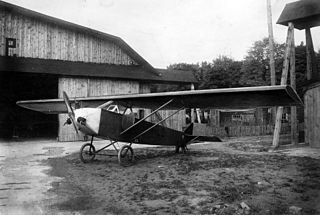
The Medwecki HL 2 was a Polish two seat lightplane flown in 1927. Handicapped by a low power, unreliable engine, its flying life lasted little more than a month.
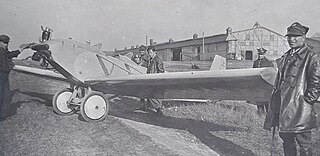
The Offierski O.2 was a one-off, two seat, low powered lightplane built in Poland on the late 1920s. It flew in 1928 but an old and unreliable engine prevented its development.
The Medwecki and Nowakowski M.N.3 or just M.N.3 was a low-powered, four seat, Polish aircraft flown in 1928. The sole example was modified into a more powerful two-seater which served aeroclubs until World War II.
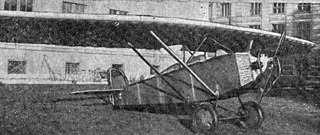
The Rogalski and Wigura R.W.1 was designed and built by a pair of students at Warsaw Technical University in 1927. The single example was a two-seat parasol-wing monoplane which entered two national competitions, served the Warsaw Academic Aeroclub and also towed an advertising banner.
The Silesia S-4 was a Polish, low-power parasol wing aircraft built in 1925. After an engine change and airframe modifications it became one of the Silesian Aeroclubs fleet. It was lost in a take-off accident in 1931 and was the last Silesia aircraft to fly.

The Działowski D.K.D.1 was the first powered aircraft designed by Stanislaw Działowski. It was a low-power high-wing monoplane with a cabin for one passenger. After attending an aviation exhibition in Warsaw in 1927 it was badly damaged when the engine failed as it left and it did not fly again.
The D.K.D.3 was a Polish, single seat, parasol-wing sports aircraft first flown in 1927. Only one was built but flew in demonstrations and in national competitions into the early 1930s.
The Działowski D.K.D.4 was a Polish, parasol-wing, sports two-seater built in 1928. One won the Second National Lightplane Contest, with another coming fifth.

The Zalewski W.Z.XI Kogutek I was a basic, single seat sport aircraft designed and built in Poland in the 1920s. Its engine was also designed and built by Zalewski, making it the first all-Polish aircraft to fly.

The all-wood Kozłowski WK.1 Jutrzenka (Dawn) was a two-seat low wing monoplane designed and built in Poland over 1926-7.
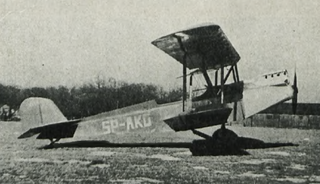
The Kozlowski WK.3 was a one-off Polish biplane trainer. It first flew in 1933 and was later re-engined, serving an aeroclub until the invasion of Poland.
The Ostrovia II or Moryson II was a 1930s Polish club trainer aircraft, a development of the Ostrovia I. Only one was built and was used by the Poznań flying club for five years.
The Stelmaszyk S.1 Bożena was a one-off, single-seat Polish aircraft, designed and built by a seventeen-year-old.
The LKL IV and LKL V were a pair of very similar Polish parasol wing two-seaters, built in the early 1930s. They differed primarily in their engines.
The Gabriel Śląsk (Silesia) was a Polish light aircraft designed and built by an amateur in the mid-1930s. After two flights the Polish authorities banned further development.
The Kubicki Ikub I, which some sources refer to as the Ikub Ia, was a Polish glider built to compete in the first Polish glider contest. It was placed third behind two Karpiński SL.1 Akars but gained the second prize and also made what may have been the first nighttime glider flight.
The Czerwiński CW II,, was a Polish open frame glider. In 1929 it set a new national duration record and flew successfully until the end of 1931, when several major structural and aerodynamic modifications improved its performance. A simpler, lighter version, the CW III,, was designed and built in parallel with it and became Poland's first production glider.
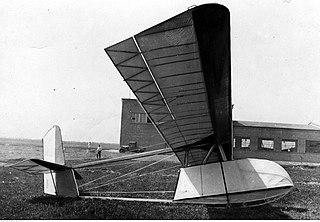
The Czajka (transl. Lapwing) or Kocjan Czajka after its designer was a Polish secondary training glider which was in continuous production from 1931 to the start of World War II. More than 160 were completed in Warsztaty Szybowcowe in Warsaw.

The Warsztaty Szybowcowe Wrona, or Kocjan Wrona after its designer, was the most numerous and widely used Polish pre-war primary glider.